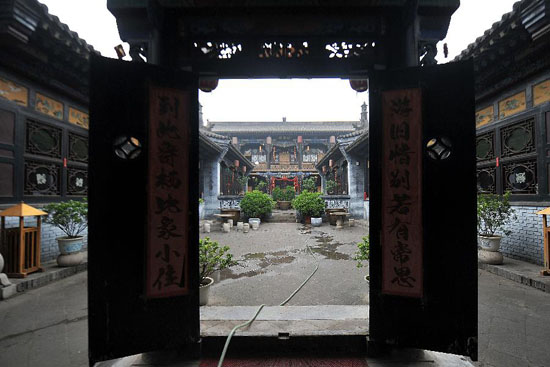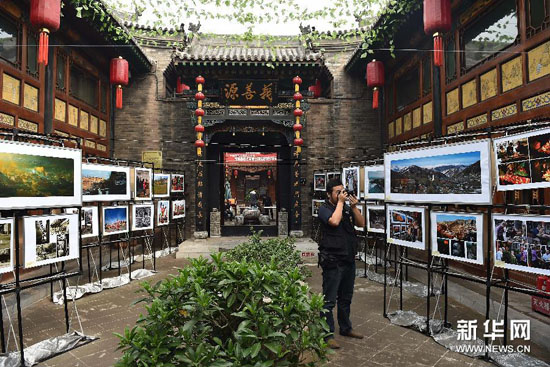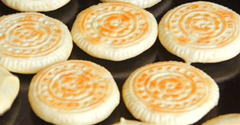News
Pingyao folk inns eye new operation modes
Updated:2015-08-21 17:17( chinadaily.com.cn)
Folk inns of Ming (1368-1644) and Qing (1644-1911) style in the Ancient City of Pingyao, Shanxi province, are going through an in-depth transformation.
As crucial part of the ancient city, these ancient inns are based on former piaohao (a firm for exchange and transfer money), ancient post houses, residences and guildhalls and are required to keep their former looks, structures and relics during the transformation. At present, there are three models for their transformation.
 |
|
An inn based on a traditional residence in the Ancient City of Pingyao, North China’s Shanxi province. [Photo/Xinhua] |
First, those based on piaohao tend to transform into a themed operation, while unions are developed among the inns based on ancient post houses and residences. The larger inns, such as these based on traditional guildhalls, are more community-oriented in their process of transformation.
“Time-travel” in Piaohao-themed inns
According to the historical record, Pingyao had more than 700 piaohao during the Qing Dynasty. At present, inns based on former piaohao are among most antique and exquisite in the ancient city.
These inns highlight piaohao culture in their atmosphere and setting to create a time travel-like experience.
One folk inn, Pingyao Yunjincheng Inn, is over 300 years old. In 2005, it changed to a piaohao-themed inn. Every customer is welcomed in the traditional way, while a man in a long gown beats a drum and sings.
One of the inn’s highlights is the piaohao experience. “A piaohao bill with the guest’s name is ready in the room, which is actually the coupon encrypted in an ancient way,” said by the inn’s general director, explaining that the bill’s amount only could be deciphered by the hints hidden in the lobby’s couplets.
Opposite to Yunjincheng is another piaohao-themed inn, Pingyao Dechaoge Inn, based on the former Baofenglong Piaohao. The inn has four courtyards with names from Chinese traditional philosophy: “Tian (heaven)”, “Di (earth)”, “Ren (human)” and “He (harmony)”, just like during its ancient times.
The inn's staff is required to know the history of Pingyao, as well as Baofenglong Piaohao. “We have training courses on history, culture and folk customs for the employees every week,” said Liu Jun, general manager of the inn. “Through the introduction of our staff, we hope visitors will learn more about Pingyao’s history, and the Baofenglong Piaohao's.”
 |
| A photography exhibit is held in a Pingyao folk inn. [Photo/Xinhua] |
Chain-operation of ancient post houses
The post house offered board and lodging as well as horse changes for officials delivering official documents and military information in the ancient time. It has over 3,000-years of history in China.
Now, many old post houses are operating as folk inns, some even started a new post house-like system.
Pingyao Hongshany Post House Inn is one of them. It joined with two other hotels to start a post house-like system this year. Clients can enjoy free pick-up services travelling among the three hotels.
Moreover, some inns joined in Hostelling International, and became stations in the organization’s global “post house” network.
“We have opened a public area where customers across the world can communicate,” said a manager of an inn. The manager also said they have more stable customer source now.
“Cross-over” of traditional guildhalls
In the Qing and Ming dynasties, the guildhall was a place for people from the same hometown. The Pingyao Guildhall is a five-star folk inn now. An opera hall was reconstructed next to the guildhall, where customers can enjoy Pingyao specialties and authentic Pingyao folk culture.



